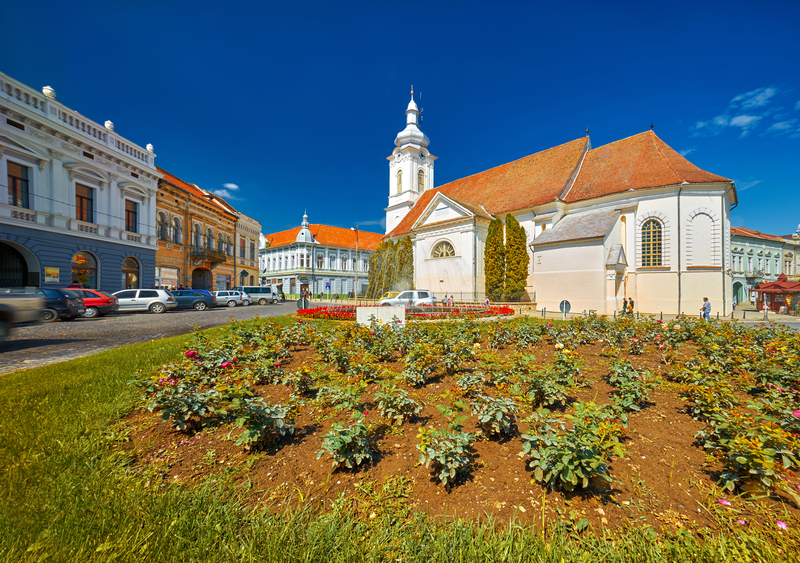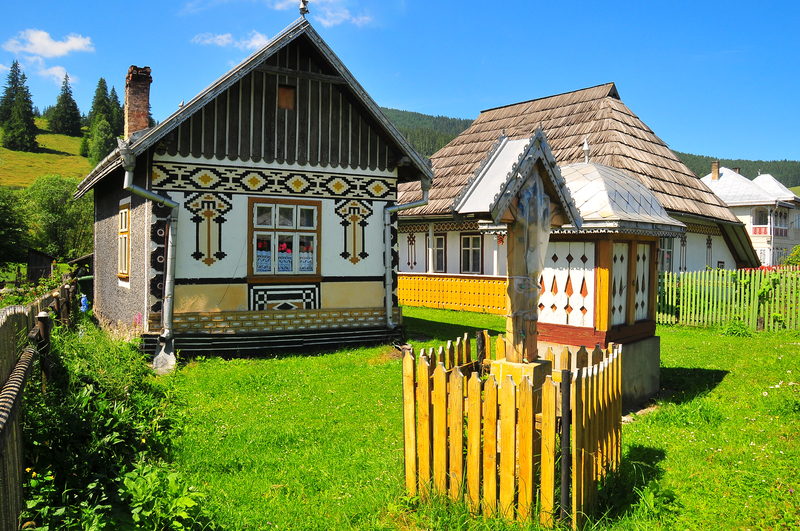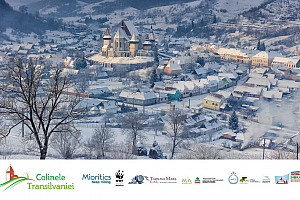Romania travel: Destinations making a bid for the spotlight

At the end of last year, 35 localities were added to the list of tourist resorts of local interest, a label that is meant to help them work to increase the tourist inflows and aid a range of connected sectors, including agriculture, crafts work and retail. A total of 54 tourist resorts of national interest are currently certified in the country, and 147 of local interest. We look below at several destinations that have recently been added to the list and highlight some of the experiences awaiting tourists.
Barcani, Covasna
Covasna county has plenty to show tourists, from scenic mountain landscapes to mineral springs and historical landmarks. Barcani, a recent addition to the list of resorts, is home to the Paleolithic archeological site Costanda-Lădăuţi, where settlements specializing in the carving of flint were identified. Those who visit can explore the surroundings on foot or by bike and sample the work of the local producers and artisans. Farmers' markets are held regularly in the commune, and a competition for horse-drawn vehicles was organized last year. More on the commune here.
Târgu Secuiesc, Covasna
The second largest urban center in the county, Târgu Secuiesc was known as a town of guilds and courtyards. It used to have a significant number of associations of artisans and craftsmen, and visitors can learn more about this at the Incze László Museum of Guilds. The institution's permanent exhibition covers various items of guild members who worked as tailors, potters, tanners, shoemakers, ironsmiths and more. Among other exhibits, the museum also has a collection of Zsuzsi and Andris dolls, wearing folk dress typical of the area.

The town's historic part is known for its courtyards, actually narrow alleys. The town developed as the first settlers were offered parcels in the vicinity of the central square. These parcels, called yards today, radiate from the town's square and initially allowed residents to exhibit their merchandise in the main square, in front of their shops.
More about the city and what can be visited in Târgu Secuiesc here.
Ciocănești, Suceava
In a region already popular with tourists, Ciocănești has been carving its place in travelers' preferences with the colorful facades of its houses and interesting museums. Those who visit the commune can see how the traditional motifs present in the folk dress and on the painted eggs have been transferred on the facades of the houses. The commune is home to a museum of painted eggs, with hundreds of items in its collection, but also to an ethnographic museum, allowing visitors to learn more about the traditional life in the region. Visitors can also see several tourist sheepfolds nearby and try the products made there or attend some of the events organized in the commune, which have included in the past a trout festival, one dedicated to shepherding traditions, and folk music events.

Făgăraș, Brașov
The town's top tourist draw is Făgăraș Fortress. Documented as early as the 15th century, it speaks of Făgăraș's statute throughout centuries. It was the center of one of the largest domains in Transylvania, and the fortress was an important noble and princely residence beginning with the second half of the 16th century. The construction underwent various transformations through the centuries, and even served as a prison for political detainees between 1948 and 1960. Today it hosts the Făgăraș County Museum "Valer Literat," which regularly runs exhibitions covering various aspects of life in the region. More on the fortress and the museum here. Elsewhere, the town is a good base to explore the Făgăraș Mountains and their beautiful landscapes.
Vânători-Neamț, Neamț
This is a destination for those who love to spend time outdoors. Vânători-Neamț is known for the European bison reserve in the park of the same name. It offers visitors spectacular natural surroundings that are home to a variety of wildlife. Vânători - Neamț Nature Park is home to populations of lynx, wild cat, marten, wolf, brown bear, fox, otter, deer, boar or rabbit, as well as 105 bird species and 17 amphibian species. The area is also known for its old forests, including the oak tree reserves Dumbrava and Codrii de Aramă and the birch forest Pădurea de Argint. Accommodation in the area is available at several B&Bs or several monasteries. A list of options is available here.
Villages and smaller towns in the counties of Alba, Arad, Bihor, Brașov, Cluj, Covasna, Gorj, Harghita, Hunedoara, Mureș, Neamț, Olt, Suceava and Vâlcea have been added to the list of resorts of local interest. The list is available here.
(Opening photo: Făgăraș Fortress by Ionut David | Dreamstime.com)
simona@romania-insider.com













